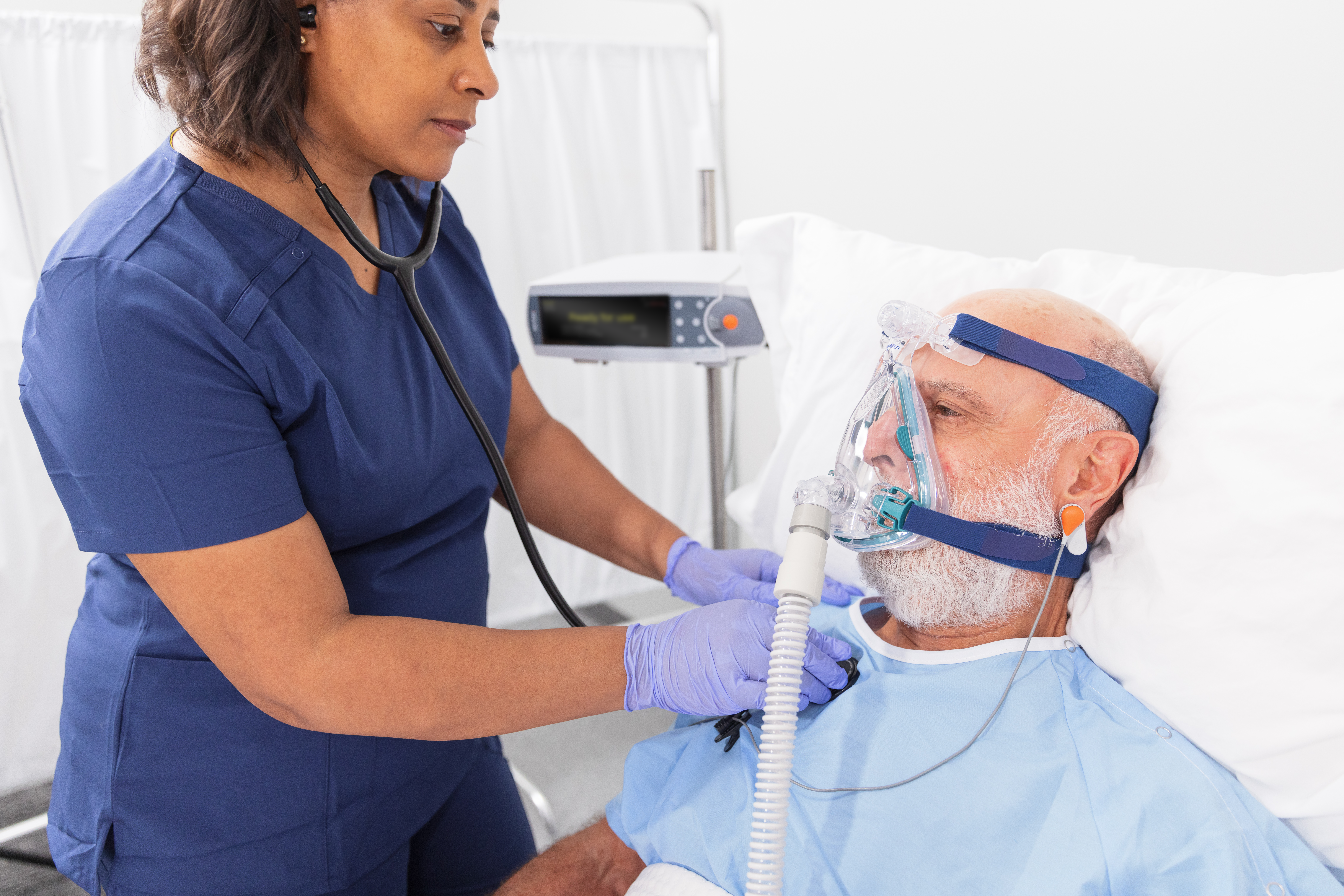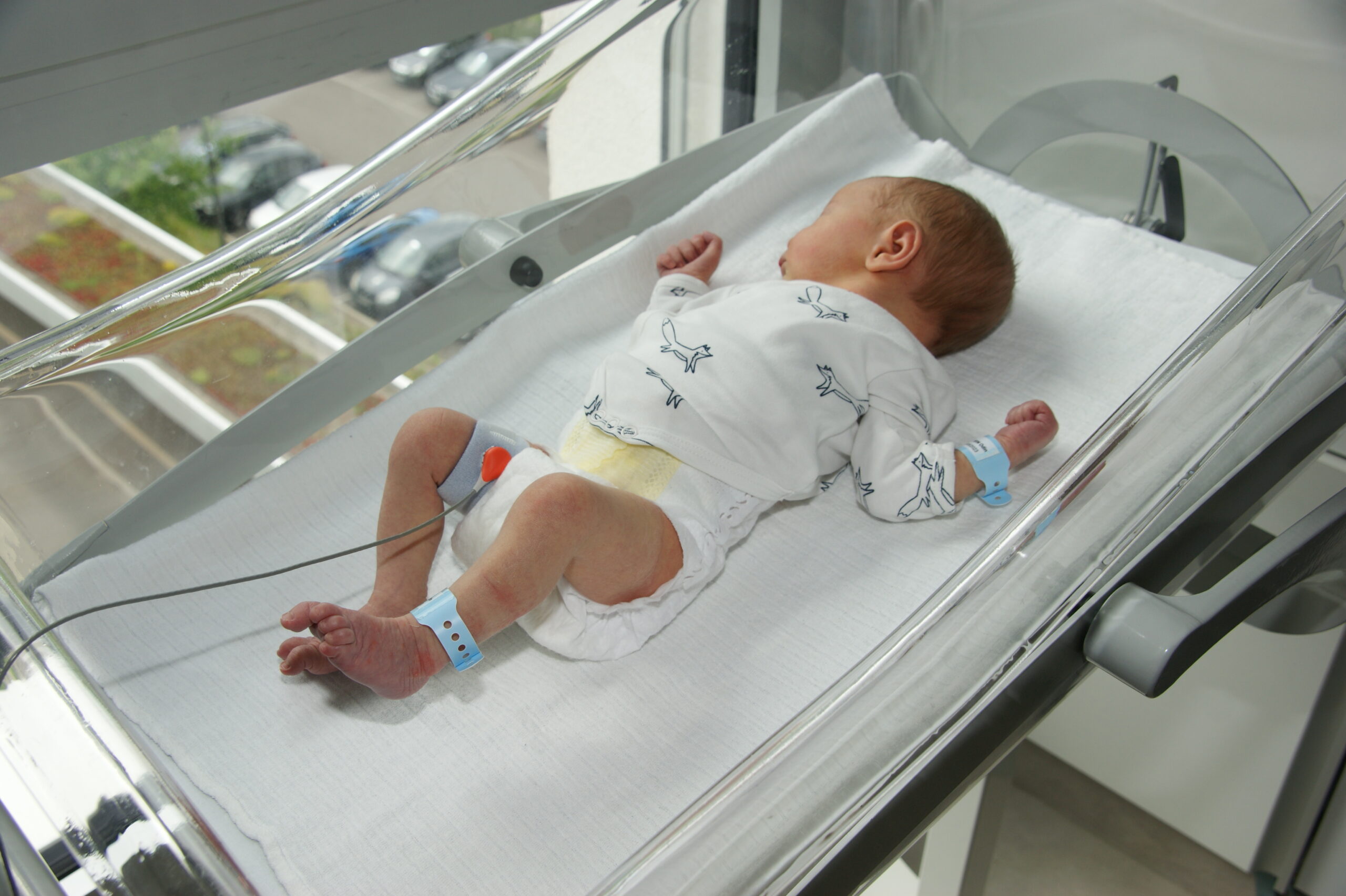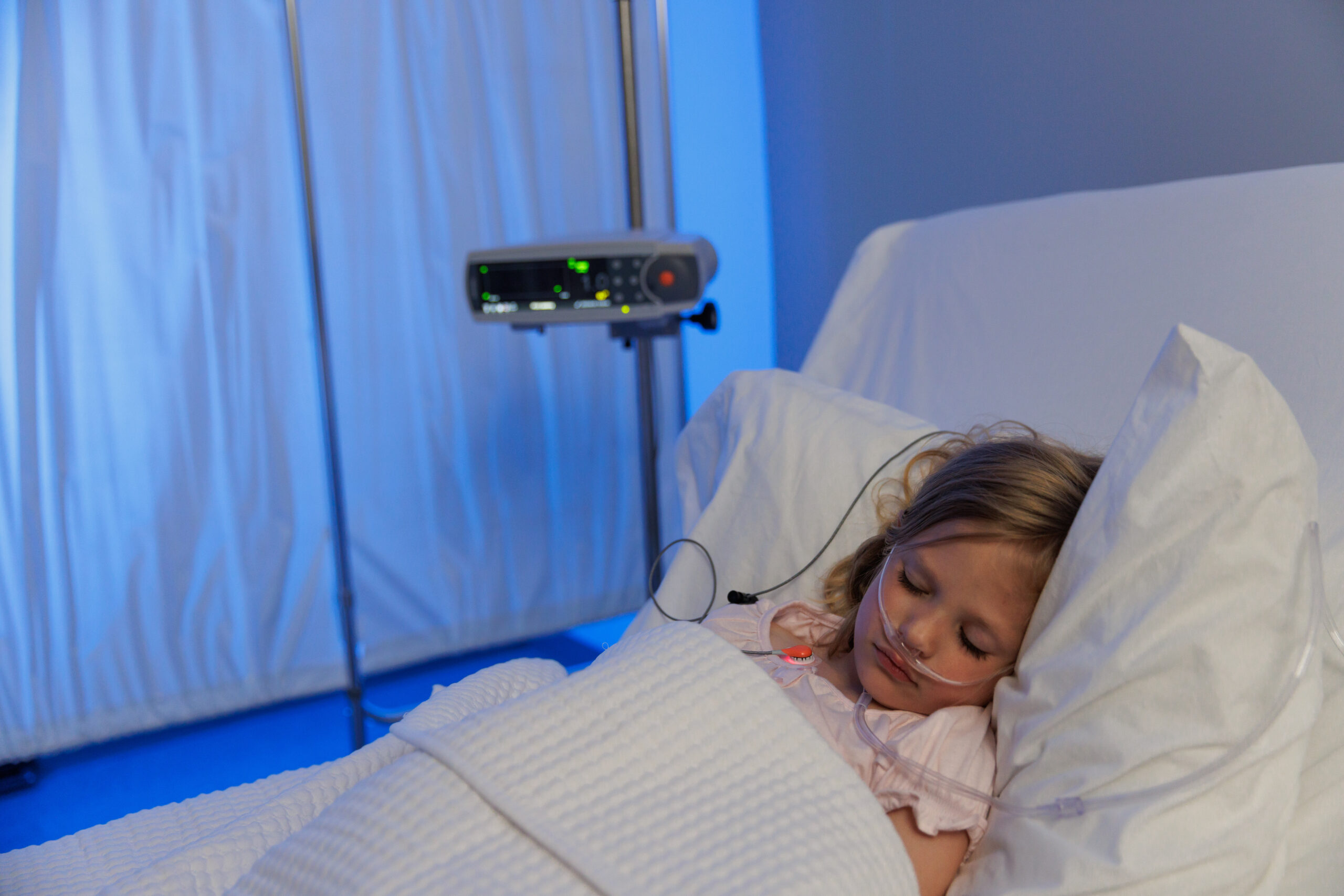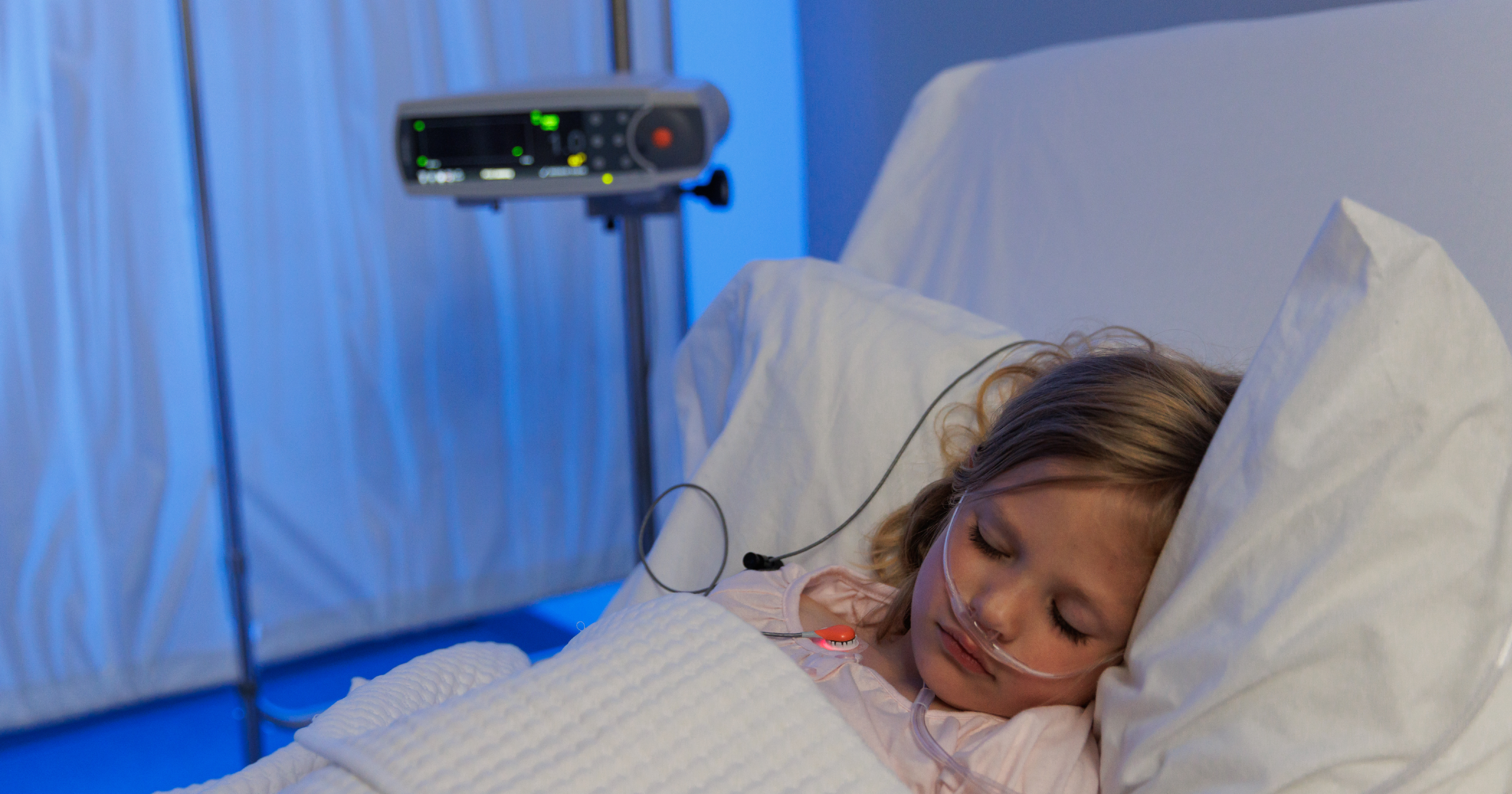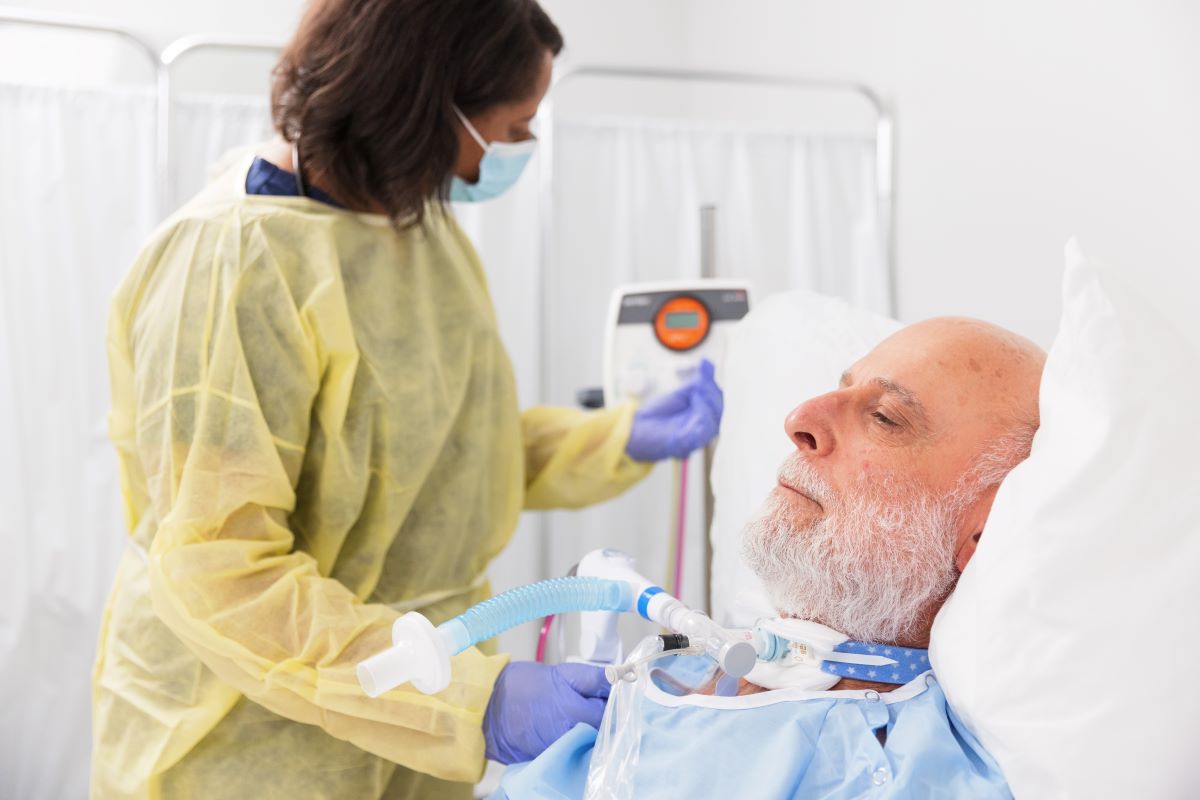MENU
- Product Spotlight
Attachment Solutions For Transcutaneous CO2 Monitoring
The Sentec suite of attachment options for transcutaneous CO2 monitoring allows care teams to confidently choose solutions that support the clinical priorities of each patient — across populations and care settings.
- Sentec Article
5 Keys to Success in Adopting Transcutaneous Monitoring
Learn more about how a level IV NICU team was recently successful in developing an all-encompassing strategy to drive consistent utilization of transcutaneous monitoring with the goal of improving patient care.
- Sentec Article
Is It Time to Reconsider Transcutaneous CO2 Monitoring for Your Unit?
In NICUs, PICUs, and sleep labs around the world, transcutaneous monitoring has increasingly become a trusted tool for continuous, noninvasive CO2 measurement. The technology can help reduce the need for frequent blood draws, enable proactive ventilator management, and offer additional benefits as care teams support diverse patient populations.
- Guest Article
Transcutaneous CO2 Monitoring in Pediatric Sleep Studies: Case Studies from Nemours Children’s Hospital
In the Pediatric Sleep Center at Nemours Children’s Hospital, transcutaneous CO2 monitoring is a valuable tool that we use for both routine and complex cases.
- Sentec Article
Targeting CO2 to Improve Outcomes in Patients with Chronic Hypercapnia
A growing body of research raises an important question: Are patients with chronic hypercapnic respiratory failure being adequately managed? For these individuals, the presence of elevated CO2 levels alongside normal or near-normal pH levels — a result of renal compensation — is often overlooked.
- Patient Story
Stella’s IPV Therapy Story
Diagnosed with spinal muscular atrophy shortly after birth, Stella relies on intrapulmonary percussive ventilation (IPV) therapy as a key part of her daily routine. By offering a proactive approach to her at-home respiratory care, IPV therapy empowers Stella and her family to embrace an active and fulfilling lifestyle with confidence.
- Product Spotlight
10 Reasons To Choose Sentec tcPCO2 Monitoring For Your Sleep Lab
With product features designed for the sleep lab, the Sentec Transcutaneous Monitoring System combines ease of use and patient comfort with accurate values regardless of ventilation method or ventilation perfusion (V/Q) mismatch.
- Sentec Article
How Often Should PCO2 Be Monitored in Chronic Hypercapnic Patients? Are Current Practices Enough?
Chronic hypercapnia, characterized by elevated levels of CO2, poses a significant challenge for individuals with conditions like chronic obstructive pulmonary disease (COPD), neuromuscular disorders (NMD), and obesity. Although the negative effects of chronic hypercapnia are widely acknowledged, researchers at the University of Michigan are shedding light on the true urgency of its management.
- Sentec Article
What is Intrapulmonary Percussive Ventilation (IPV) Therapy?
Intrapulmonary percussive ventilation (IPV) therapy is an airway clearance therapy that combines percussion, high-velocity flow, and entrainment to mobilize secretions and address gas exchange impairment. The therapy can be delivered through a mouthpiece or mask, directly to the airway, or in-line with a ventilator, making it versatile for a range of patient populations.
- Product Spotlight
Meet the IPV 1
The IPV 1 is a safe and effective airway clearance device that builds on the Percussionaire legacy of IPV therapy with a Unified Connector that supports patient safety, a patient-friendly interface, and the unique efficacy of the Phasitron.
